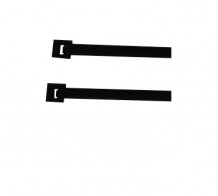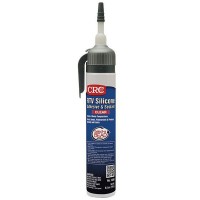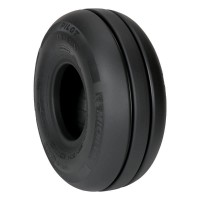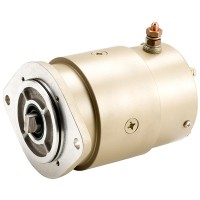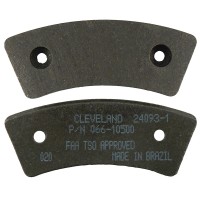SAME DAY SHIPPING ON ORDERS PLACED BY 4 PM | 877-4-SPRUCE
B-29 Superfortress Lucky Leven
$248.95/Each
Part# 13-10488
MFR Model# A1572
MFR Model# A1572
Overview
|
The first flight of the B-29 Superfortress Lucky Leven was on the 26th of June 1943. The delivery and manufacturing of the aircraft has also begun later in the same year. The aircraft is one of the most modern airplanes in aviation history. It played a major part in supersonic investigation, and was used as a launching program for dropping rocket-powered research airplanes. The total production of the aircraft was almost 4,000. These versions of the B29 were considered really big. Regarding their size and price, the B-29s achieved a large number of services during World War II. The Lucky Leven operated under different designations, where some B-29s were used for certain mission and operations during the Korean War. The B-29 Superfortress is the most expensive and largest aircraft during World War II. The plane was used to attack and bomb Japans cities. The B-29 is an expectacular creation that had met its production cost. Before the end of World War II, the aircraft was used as the main aircraft of the U.S. Air Forces in bombing Japan. The B-29s carried the nuclear bombs that destroyed Hiroshima and Nagasaki, Japan. The B-29 is considered as one of the most progressive bombers during its period. It featured innovations such as a pressurized cabin, a key fire-control structure, and unmanned car artillery turrets. The aircraft was developed as a high-altitude daytime bomber and flew more low-altitude nighttime incendiary bombing missions. After the war ended, the B-29 still remained in service for a longer time. Some were also used as a flying television transmitter for Stratovision, an airborne television transmission relay system from aircraft flying at high altitudes. |
WARNING: Cancer and Reproductive Harm - www.P65Warnings.ca.gov. |
Q&A
Please note, Aircraft Spruce ®'s personnel are not certified aircraft mechanics and can only provide general support and ideas, which should not be relied upon or implemented in lieu of consulting an A&P or other qualified technician. Aircraft Spruce ® assumes no responsibility or liability for any issue or problem which may arise from any repair, modification or other work done from this knowledge base. Any product eligibility information provided here is based on general application guides and we recommend always referring to your specific aircraft parts manual, the parts manufacturer or consulting with a qualified mechanic.








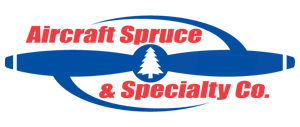 FREE Shipping
FREE Shipping
